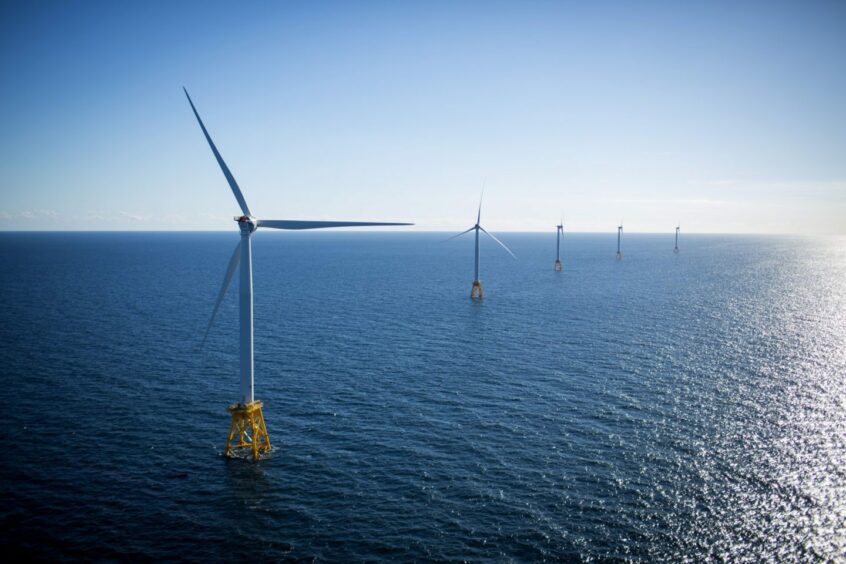
General Electric was blocked by a federal judge in Boston from making or selling its massive Haliade-X offshore wind turbines in the US, dealing a fresh blow to the conglomerate’s struggling renewable energy division.
US District Judge William Young late Wednesday granted an injunction requested by Siemens Gamesa Renewable Energy after a jury in June found that GE’s design infringed a patent held by the Spanish manufacturer, capping a lengthy legal battle between the wind-power heavyweights. Young’s ruling, however, allows two wind projects underway in the coastal waters off New Jersey and Massachusetts to continue as planned with GE’s turbines.
“The world is currently facing a rapidly developing climate crisis,” the judge wrote in explaining the reason for a carve out to allow the construction of the two projects to continue. “Delaying large-scale wind energy projects can impact efforts to combat this crisis.”
In a statement, GE said it has alternative design options it can and will explore to keep the Haliade-X on the market in the US, and that it was exploring all legal options, including an appeal of Young’s ruling.
“We are fully committed to the US offshore wind industry, to each of our ongoing projects, and remain confident in the legal and technical options available to us,” the company said.
Siemens Gamesa said it welcomed the ruling, adding it would continue to defend its intellectual property rights for wind turbine technology.
The decision casts doubt on the immediate future of GE’s marquee offshore turbine just as the pipeline of offshore wind projects in the US is gaining momentum. The hulking machine is one of the largest and most powerful on the market, a key selling point to project developers because bigger turbines limit project installation and maintenance costs.
It could also compound the challenges facing GE Renewable Energy as the company prepares to spin off its power-equipment and software businesses in 2024. The renewable energy unit earlier this year extended its streak of operating losses to 15 consecutive quarters, underscoring the division’s status as the biggest sore spot in GE’s portfolio.
Much of the trouble is concentrated within GE’s onshore wind business, while offshore wind has been seen as a key source of future growth.
The case is Siemens Gamesa Renewable Energy AS v. General Electric Co., 21-cv-10216, US District Court, District of Massachusetts (Boston).
Recommended for you
